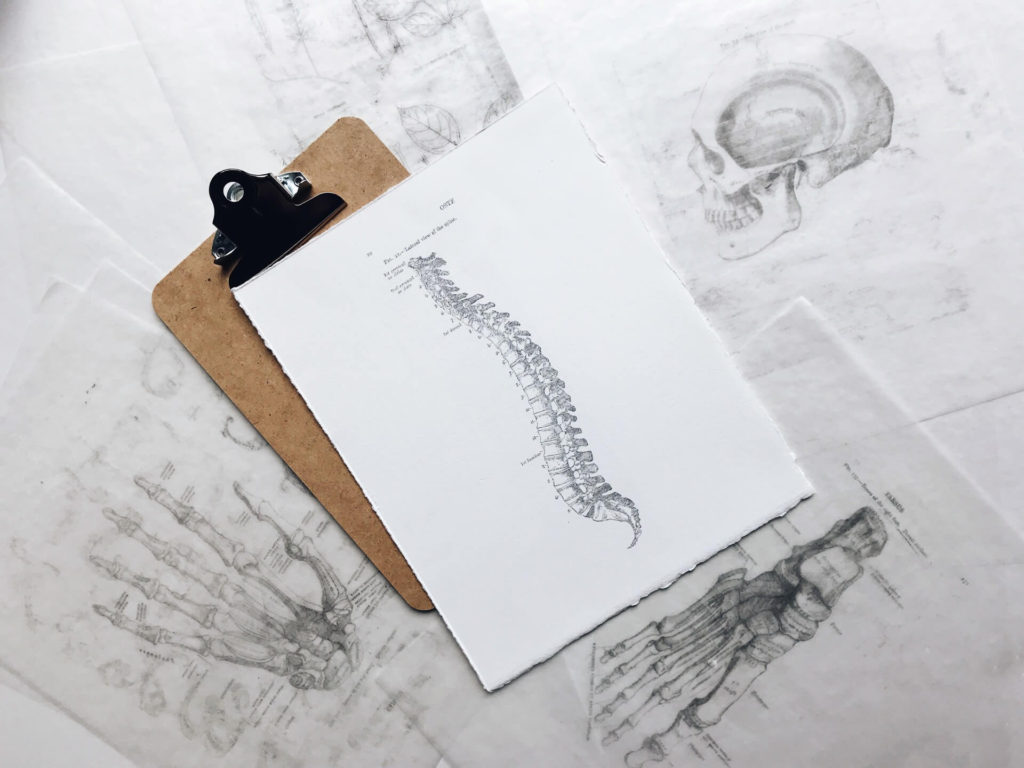 Decades ago, being paralyzed in any degree would irrevocably change your life. You would have difficulties finding work, taking care of yourself, and getting around your home. But great advances have been made over the past years, with new technology allowing paralysis victims to live better lives and have more independence.
Decades ago, being paralyzed in any degree would irrevocably change your life. You would have difficulties finding work, taking care of yourself, and getting around your home. But great advances have been made over the past years, with new technology allowing paralysis victims to live better lives and have more independence.
Even though these advancements have an expensive price tag, those who suffer from paralysis have more options now than ever before.
What Causes Paralysis?
Paralysis comes as a result of a serious injury or disease that damages the connection between the brain and the body. Our brains communicate with our limbs and torso through a complex network of nerves that stretches down our spinal column and throughout the body. When these nerves are severed or stretched, or the spinal cord itself is damaged, a victim may experience loss of sensation and control in certain areas of the body. Paralysis could also be the result of a head wound that damaged the part of the brain with the ability to control certain nerves.
Depending on the type of injury, the victim may experience complete or incomplete paralysis. With complete paralysis, he will not be able to feel or move the affected part of the body. Incomplete, on the other hand, means he has some control and sense of touch in the affected area. While this means the victim may have a greater range of mobility, he may also experience chronic pain without any relief.
The National Spinal Cord Injury Statistical Center (NSCISC) has determined the following causes of spinal cord injuries:
- Car accidents – 38.6%
- Falls – 32.2%
- Violence – 14%
- Sports injuries – 7.8%
- Medical/surgical errors – 4.2%
- Other – 3.2%
The Next Stage of Treatment
Over the years, science has made great strides in improving the lives of individuals disabled by paralysis, from prosthetics that grant a greater range of motion to rehabilitation services that take advantage of robotics to data-driven physical therapy programs.
In many cases of paralysis, a patient may have limited control over her limbs, but physical therapy may allow her to regain the ability to walk or the strength in her arms. The University of Washington has gone a step further and developed a rehabilitation program that combines both traditional physical therapy and nerve stimulation to help paralysis victims. Participants have regained mobility in their hands, as well as other improvements in regular bodily functions like temperature regulation and bladder control. The study found great success, with fully paralyzed patients regaining control over their hands that lasted long after the program had finished.
Meanwhile, robotics manufacturer NeoMano developed a wearable glove that gives victims of spinal cord injuries, cerebral palsy, and strokes the ability to move their hands despite being paralyzed.
But these advancements are not just limited to hand paralysis. For example, researchers at the NIH Clinical Center tested a new exoskeleton that improved the walking ability of children with cerebral palsy. Traditionally, children who have cerebral palsy have difficulties walking and require physical therapy, leg braces, and surgery to improve their mobility. The exoskeletal adds another layer to this treatment by providing additional support during these children’s physical therapy sessions that teaches them how to control their legs and build muscle strength.
These are only a handful of examples of robotics that have changed the medical field when it comes to paralysis. Every year, researchers develop new ways to improve patients’ lives and take a once-debilitating condition and make it more manageable.
Recovering Compensation for Your Future
The lifetime costs of paralysis are dire, with the NSCISC reporting that patients pay between $45,000 and $200,000 a year in related costs, which can include surgeries, rehabilitation, medical equipment, medication, and other expenses. As new technology is continually being developed, allowing paralysis victims to have more mobility, these costs may fluctuate. In the long run, this tech may reduce the annual costs of an injury by allowing the victim to live more independently, but upfront, these treatments are very expensive.
If your injuries were caused by someone else’s negligence, then you should not have to pay the cost for getting better. Here at Wingate, Russotti, Shapiro, Moses & Halperin, LLP, our New York personal injury lawyers have fought for numerous clients who experienced paralysis as a result of someone else’s actions. We know how difficult your future may be, but we can also fight to get you the compensation you need to live a better life. We work closely with experienced physicians to make sure our clients get the best treatment possible, which may include more advanced technology. To discuss your options after an accident, call us at (212) 986-7353 to receive a free case evaluation.